Project Overview
The New Mexico Public Education Department partners with educators, communities, and families to ensure that all students are healthy, secure in their identity, and holistically prepared for college, career, and life. In taking active steps toward the realization of this vision statewide, the New Mexico Public Education Department (PED) applied and was awarded a $60 million Comprehensive Literacy State Development Grant (CLSD) from the U.S. Department of Education in September 2024. The state will award approximately $11.4 million to New Mexico communities annually to support local literacy efforts, with the remaining funds devoted to statewide technical assistance to support local grantees as they provide highly qualified personnel (district literacy coordinators, literacy coaches) and high quality instructional materials.
The NMPED CLSD project, in collaboration with the Early Childhood Education and Care Department and the Department of Higher Education, aims to improve the pre-literacy skills of children under age five and increase the percentage of elementary, middle, and high-school students who meet the state’s language and literacy proficiency standards. The grant specifically seeks to support those students who have been traditionally underserved and have the highest need. The project’s overall objective is to strengthen the infrastructure of each subgrantee to successfully implement structured literacy in schools. The project will engage in activities that seek to achieve five objectives to meet these goals:
Objective 2: Support strong implementation of High-Quality Instructional Materials across all subgrantees
Objective 3: Strengthen the state’s professional learning system and create additional training opportunities for the Structured Literacy approach;
Objective 4: Increase district, school, and classroom leaders’ capacity to use assessment to drive decision making and instruction;
Objective 5: Improve family engagement practices that support literacy.
The project’s overall aim is to strengthen the infrastructure of each subgrantee to successfully implement structured literacy in schools through the use of HQIM, effective coaching and instruction in an aligned district literacy system. The grant opportunity prioritizes LEAs working with underserved children, especially those living in poverty and in rural areas, English learners, children with disabilities and serves a high percentage of students below grade level in reading and writing.
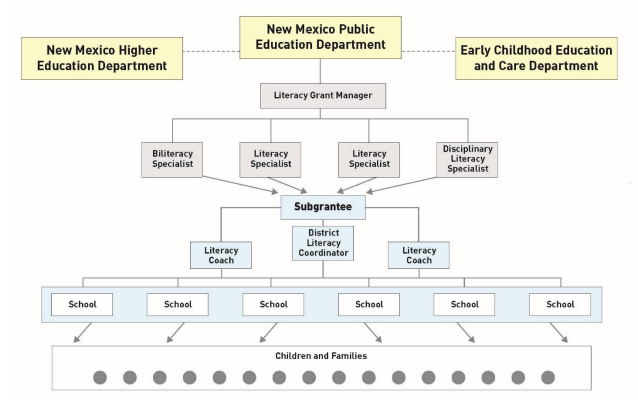
This figure is the organizational structure of the 2024 NMPED CLSD Literacy Development Project. LEAs may apply to be subgrantees individually or as part of a consortium of small districts through an REC. District Literacy Coordinators and coaches will be hired jointly by the REC and LEA. A Memorandum of Understanding will be developed between the REC and LEA regarding the shared authority and supervision of these staff. The emphasis will be on a “grow your own” model with intent and encouragement of local educators to apply. NMPED CLSD literacy grant personnel will have the responsibility and authority to provide oversight to the District Literacy Coordinator.
CLSD Subgrants have been awarded!
NMPED awarded four-year Comprehensive Literacy Development sub-grants. This program will provide a District Literacy Coordinator to support comprehensive literacy development K-12. The grant also funds coaching support for K-12 teachers as well as professional development.
Sub- grants have been awarded to the following LEAs:
- Alamogordo Public Schools
- Belen Consolidated Schools
- Cimarron Public Schools
- Deming Public Schools
- Hatch Valley Public Schools
- House Municipal Schools
- Jemez Valley Public Schools
- Las Vegas City Schools
- Mountainair Public Schools
- Pojoaque Valley Public Schools
- Rio Grande Academy of Fine Arts
- Santa Rosa Consolidated Schools
- Silver Consolidated Schools
- Springer Municipal Schools
- Taos Public Schools
- Tularosa Municipal Schools
High Quality Instructional Materials (HQIM) Sub-grant Awards
NMPED has awarded $7,410,105.50 in CLSD subgrants to 16 LEAs to purchase English/Language Arts high quality instructional materials, supplemental materials and professional development. Each LEA will use these funds to purchase core materials for grade bands missing materials, update core materials or purchase supplemental materials. These purchases will be completed this school year so that materials may be implemented in the 2025-2026 school year. Each grant also supports professional development by the materials vendor to ensure that all teachers are prepared to use the materials.
Awardees:
- Alamogordo Public Schools
- Belen Consolidated Schools
- Bernalillo Public Schools
- Cimarron Public Schools
- Farmington Municipal Schools
- Jemez Valley Public Schools
- Las Cruces Public Schools
- Los Lunas Public Schools
- Mountainair Public Schools
- Rio Grande Academy of Fine Arts
- Santa Fe Public Schools
- Siembra Leadership High School
- Silver Consolidated Schools
- Springer Municipal Schools
- Truth or Consequences Municipal Schools
- Tularosa Municipal Schools
Highlights of CLSD Grantee projects from Year 4
Alamogordo Public Schools focused on providing a plethora of materials as well as professional development to support their teachers last year. They ensured that every classroom had materials that support structured literacy instruction and multi-modal learning. They also enriched each classroom with new books and book sets.
Additionally, the grant allowed them to provide professional development for teachers to ensure that teachers are ready to implement new materials effectively, focus on structured literacy and embed literacy learning into subject areas in the secondary grades.
APS has developed family engagement events and activities that have involved 70% of the parents in the district.
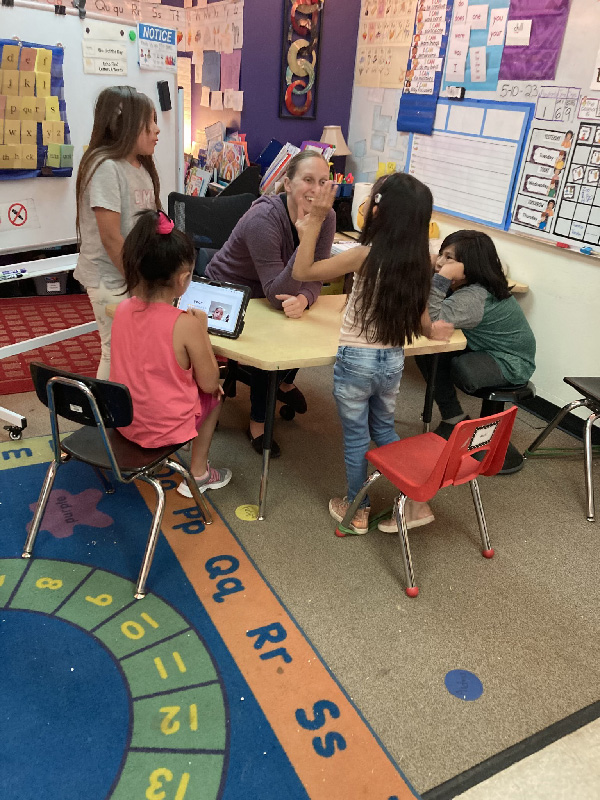
The Presbyterian Ear Institute (PEI), the Albuquerque Sign Language Academy (ASLA) and ACE Leadership High School formed a partnership focused on serving students whose needs have not been met through traditional schooling. These include deaf and hard of hearing students, students with other special needs and high school students who thrive with hands-on, project-based learning focused on job skills. They have used CLSD funds to develop and support increasing literacy proficiency hiring Reading Interventionists, professional development for teachers, and supplemental materials at all three schools.
ASLA used funds in part to purchase new and updated curriculum supporting structured literacy including Fundations and Just Words. These are used with visual phonics for deaf and hard of hearing students.
At PEI, CLSD funds have been used to purchase LENA devices. These are worn by infants and young children to monitor the amount and quality of language that is occurring around the child. The family engagement specialist then meets with the family to discuss ways to increase the amount and quality of language to which the child is exposed.
CLSD funds have supported a new Curriculum and Instruction Director and a reading interventionist at ACE High School. They have worked to create and implement school-wide literacy strategies that are embedded within all projects.
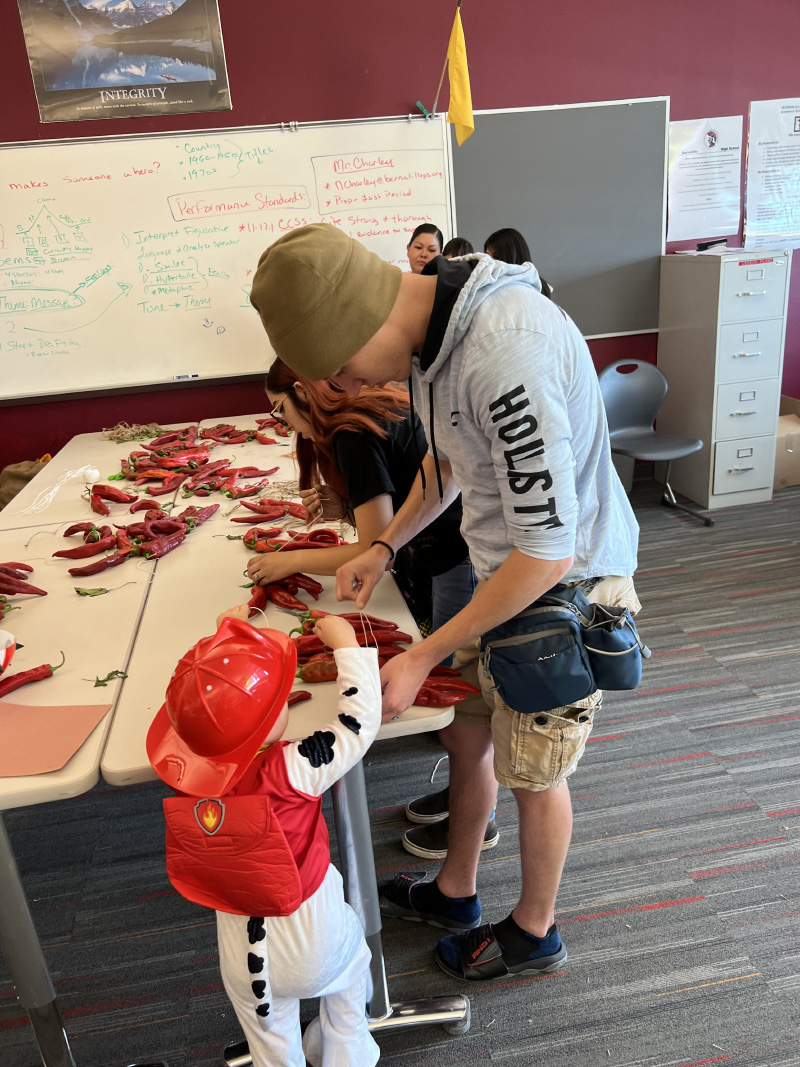
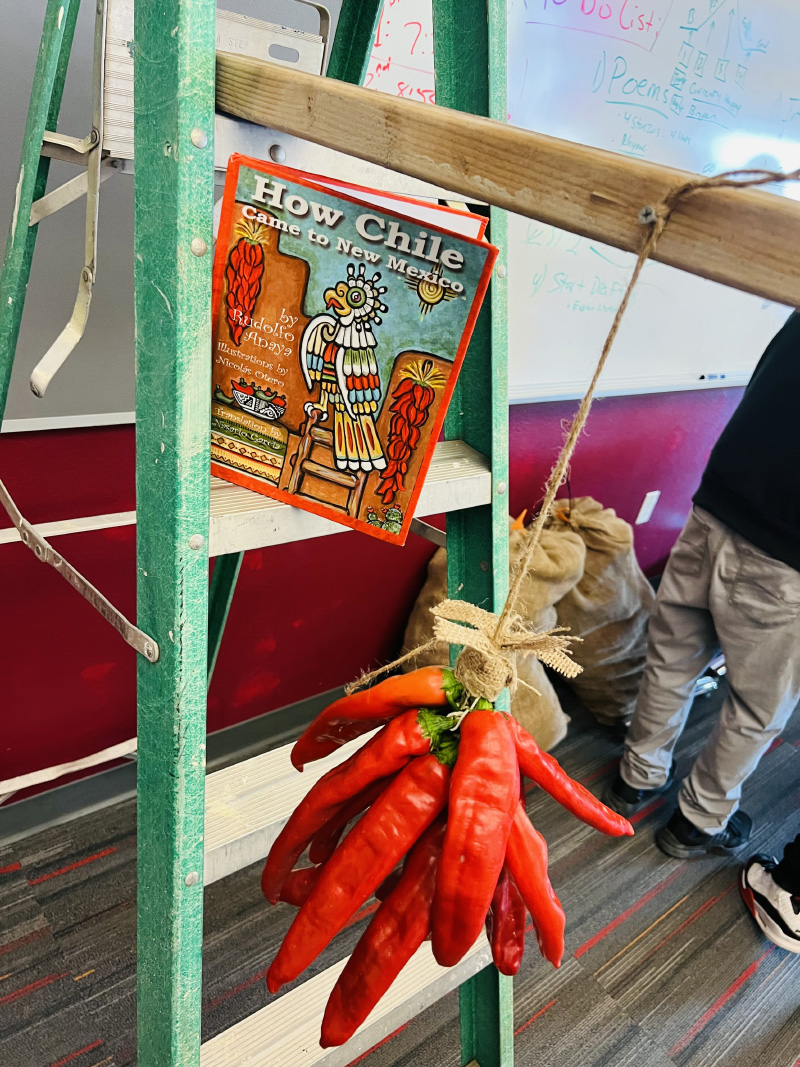
Bernalillo used their CLSD grant to hire six Literacy Specialists/Interventionists who are working in the high school, middle school and two elementary schools. Last year, BPS adopted new ELA core curriculum which supports structured literacy for K through 8th grade. They focused on strengthening their Layer 1 instruction through intensive professional development on this new curriculum.
Bernalillo Schools has had huge success engaging families through the CLSD grant. Their fall event last year included over 1,000 people.
Cobre Schools used their grant to hire Reading Coaches, Reading Interventionists, a Family Engagement Coordinator, an Early Childhood Coach and two Educational Assistants. These positions support the implementation of new curriculum and evidence-based intervention supports. They also purchased and implemented new curriculum for grades K-12. They provided structured literacy training for all teachers.
Cobre Schools have seen their kindergarten readiness scores rise to 92%. Additionally, the numbers of students proficient in reading in grades K-5 have risen significantly above state averages over the past year.
Through the work of the Family Engagement Coordinator, Cobre Schools have increased family participation in district events to 84%.
Hondo Valley Schools used their CLSD grant funds to hire two Literacy Interventionists to support struggling students. Additionally, they created a literacy family program for parents of children ages birth through age 3. Other grant funded supports include coaching and professional development opportunities for teachers. They are in the process of implementing new English/Language Arts curriculum. For the past year they have provided an afterschool literacy program and a summer program for students.
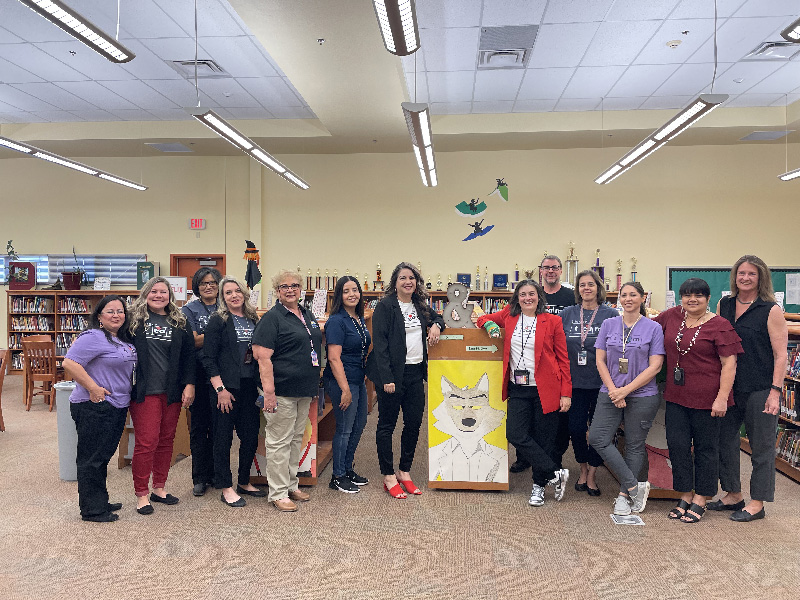
Las Cruces Schools have used their CLSD grant to hire an Early Childhood Music Teacher, as well as to provide literacy and intervention coaching for teachers and to purchase curriculum and materials.
One highlight of their program was the Literacy Extravaganza held last spring in downtown Las Cruces. 251 families participated in the event. The success of family engagement events last year prompted them to begin the process of working toward Family Engaged Schools Certification for all schools across the district.
Last year, the Las Cruces CLSD Literacy Coaches provided teachers with 292 Professional Learning Community Sessions, 205 professional development opportunities, modeling/coaching for 110 teachers and further support for 137 teachers.
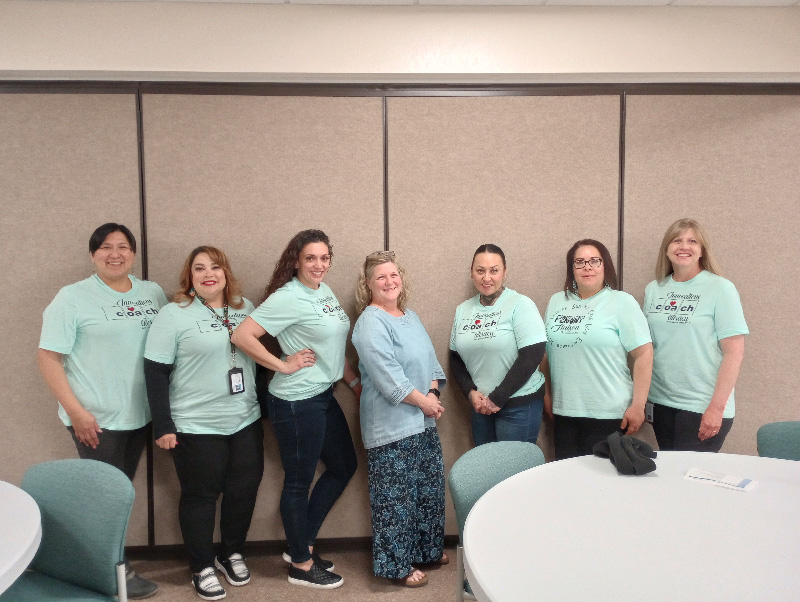
Los Lunas Schools used their CLSD grant to support Literacy Innovation Coaches across the district. These coaches provide support for teachers to implement new rigorous curriculum through training, materials, and modeling lessons. They created partnerships with seven local day care providers who are now working with early literacy programs, creating parent lending libraries, and increasing school readiness.
The district has developed “All Learner Days” for teachers to collaborate on implementation of their literacy plan. Additionally, the grant allowed them to provide comprehensive structured literacy professional development for all teachers as well as purchase many professional learning books for the faculty.
The district has also been successful in increasing parent participation in school literacy events. Last year there was an average attendance of between 16-50% of parents at events in semester 1, whereas in semester 2 that increased to over 60% family attendance at school events.

Portales Municipal Schools continue to focus on improving reading proficiency with support from the CLSD Grant. They used their funds to support a team of reading interventionists across the district. Some highlights of their program include the creation of Bright Beginnings, an educational toy lending library for young families, strong intervention support at all grade levels, effective coaching, and professional development for teachers in all grades. Additionally, PMS created a district wide family engagement program that has united their campuses and increased community involvement in the schools.
The grant has allowed them to provide evidence-based interventions to over 40 students each week in the birth to 5 age range, over 60 students daily in grades K-6 and over 40 students daily in grades 7-12.
For the fall semester 2022, they reported that 61% of families attended at least one school sponsored event. Additionally, their family engagement specialist has made over 40 contacts monthly with families regarding support with attendance, student needs and transportation.

Santa Fe Public Schools continued to develop literacy K-12 through new curriculum, professional development for teachers, coaching and the development of biliteracy programs. Highlights of last year include a huge increase in activities offered for families resulting in an increase in parent involvement across the district. Over 100 school-based family events were offered leading to a 1400% increase in participation over the previous year.
The district also provided substantial and creative professional development for all teachers, including an Early Literacy Summit and several workshops that focused on literacy across disciplines.
New curriculum was adopted last year across K-8th grades and support was provided for teachers in its implementation. The Secondary Literacy Specialist brought effective literacy support to many middle and high school teachers.
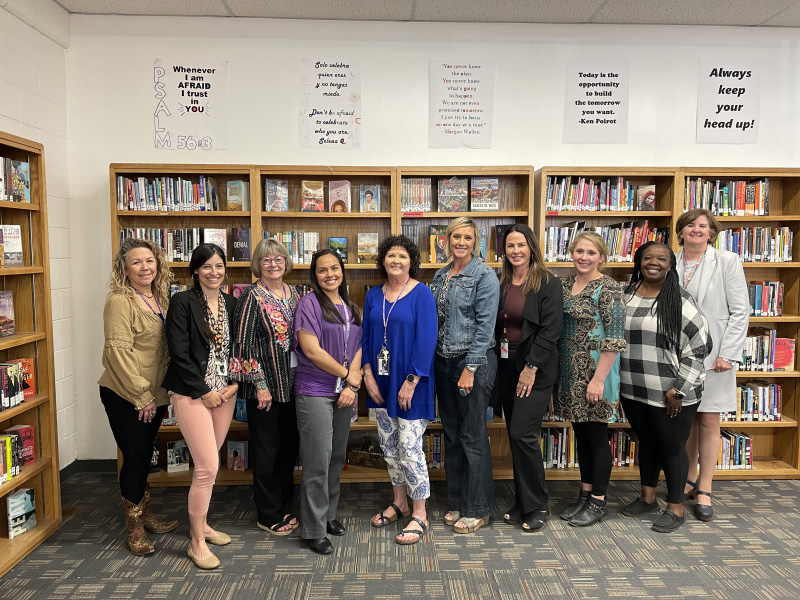
Santa Rosa Consolidated Schools and Vaughn Municipal Schools continue to develop literacy at all age spans through the implementation of new curriculum, the creation of new programs, professional development, and coaching support for teachers.
Highlights of CLSD programs include the creation of the Early Childhood Center to serve children 0-3. This program received a state award for excellence and will expand from serving 25 staff children to open to the public next school year. The district also received funding to remodel the facilities for the B-3 program and the pre-k. The expansion will allow the program to collaborate more fully with Head Start.
Another highlight is the renewal and development of the libraries across the district resulting in an increase in library use and circulation of materials. This included using CLSD funds to hire librarians and update book collections. One school reported a growth in circulation from 350 books per month to 1700 books per month.
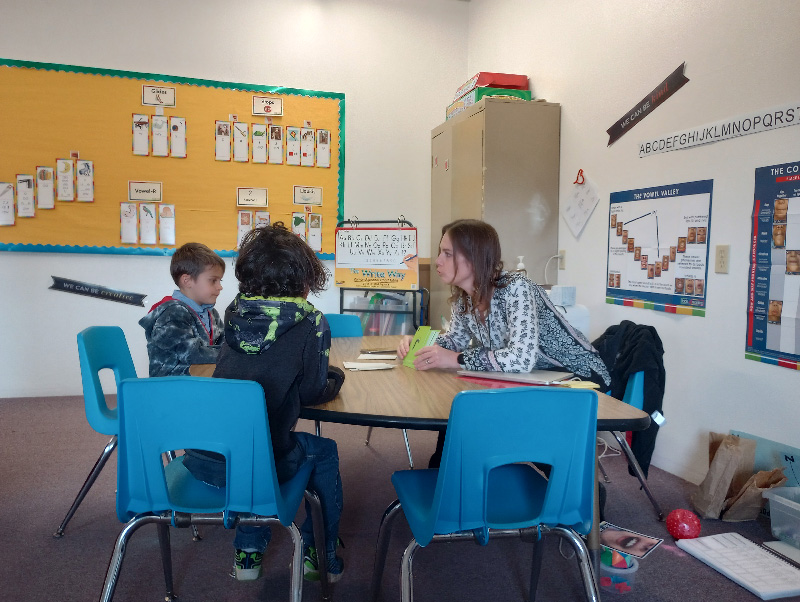
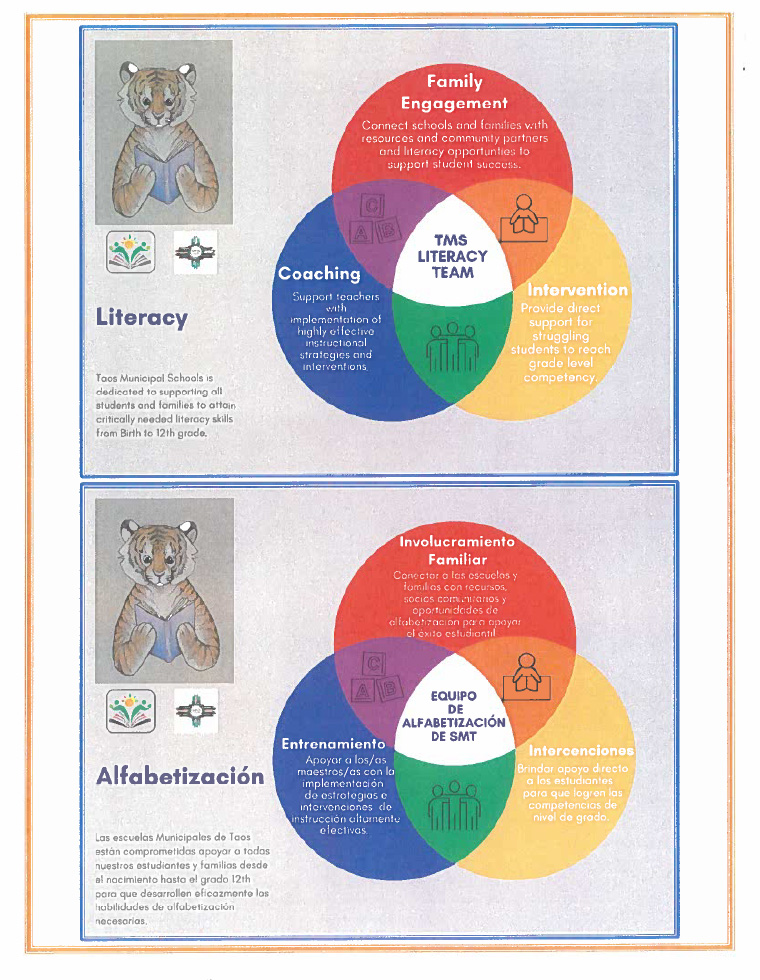
Taos Municipal Schools has been working to improve reading proficiency across all age spans. The CLSD grant contributed to their work by supporting literacy coaches at all grade levels. This allowed them to develop relationships with six early childhood providers, supply them with curriculum, coaching and collaborative family events.
Taos Municipal Schools purchased new Amplify CKLA curriculum for K-5 and began implementing it last year. They are seeing that it provides increased rigor in the classrooms and support for literacy development. In the secondary grades, the district has been focusing on supporting literacy across the disciplines.
94% of K-3 faculty will be trained in LETRS by the end of the 22-23 school year. Additionally, 100% of K-5 faculty completed CKLA curriculum training with a focus on phonemic awareness in grades K-2. TMS reported that 100% of teachers and administrators have participated in professional development to support literacy initiatives.
The CLSD grant supported a family engagement specialist for the district. She worked with the coaches to create events throughout the district that resulted in a 40% increase in participation during the current school year. A highlight was an event this spring that brought the Pre-K families from throughout the district to meet the district kindergarten teachers. Representatives from each local school were present as well as community organizations. There were activities for families at each school table. They reported 250 participants.
2019 CLSD Information
The New Mexico Public Education Department partners with educators, communities, and families to ensure that all students are healthy, secure in their identity, and holistically prepared for college, career, and life.
In taking active steps toward the realization of this vision statewide, The New Mexico Public Education Department (NMPED) applied and was awarded a $40 million Comprehensive Literacy State Development Grant (CLSD) from the U.S. Department of Education. The state awarded approximately $38 million to 11 Local Education Associations across New Mexico to support literacy efforts, with the remaining funds devoted to statewide training and technical assistance to support local grantees.
The overall goal of the CLSD grant is to improve the pre-literacy skills of children under 5 years of age and significantly increase the percentage of elementary, middle, and high school students meeting the state’s language and literacy standards especially those who are economically disadvantaged and traditionally underserved. Additionally, the grant aims to increase family engagement in schools by 30%.
NM CLSD Sub-Grantees have been working toward these goals by:
- purchasing and implementing evidence-based rigorous curriculum for K-12 English/Language Arts courses.
- increasing the numbers of reading intervention teachers so that all students can be supported to learn to read.
- providing ample and high-quality professional development opportunities for teachers through training and coaching.
- developing programs, events, and activities for families to engage in school and learning.
Due to Covid disruptions, several subgrantees did not spend their full grant amounts within the five year funding cycle. NMPED applied for and was granted a one year no-cost time extension to allow subgrantees to continue their programs and projects for one more year. No additional funding was granted, but subgrantees may continue to spend any unspent money from the CLSD grant during the 2425 SY.
Highlights of CLSD Grantee projects from Year 5 (2324 SY)
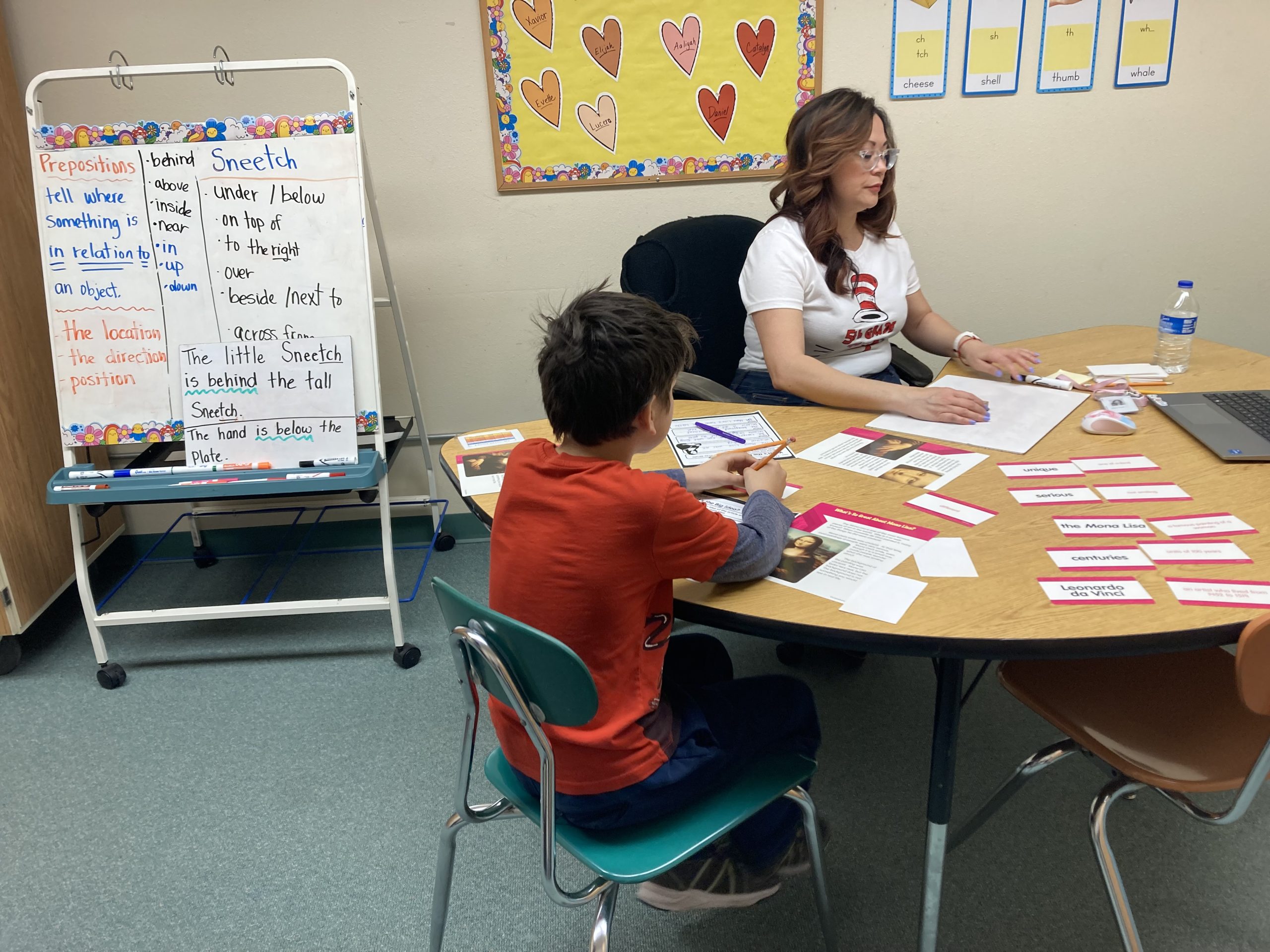
Alamogordo funded a grant coordinator to support the implementation of structured literacy practices across the district and purchased instructional materials and curriculum for layer 1 instruction across all grade bands. APS also supported Family Engagement events across the district as well as offering professional development to all teachers in literacy instruction.
As a result of the grant, APS reported a huge shift in how interventions are provided and in the understanding that all teachers are language teachers. Instead of simply stating that a student is struggling in reading, teachers now have the strategies to find the specific area of deficit, what it means, and how to address it. In addition, cross-content area teachers are now interested in and asking for additional training and support in literacy instruction. At the secondary level, two book studies on the book “The Writing Revolution” by Judith Hochman, Natalie Wexler and Kathleen Maloney helped teachers support writing across all content areas.
APS adopted the Benchmark Phonics program for K-2 this year and had an overwhelmingly positive response from teachers. Ongoing PD from the district and within buildings helped teachers implement the phonics program with fidelity to better equip students to be successful in reading. Finally, APS proudly reported increasing circulation rates from several school libraries to illustrate how students are reading books once again.
APS will use their final carryover money for the 2425 SY to support their Stepping Stones PreK with teaching materials and training. They will also support disciplinary literacy professional development at the secondary level.

The Presbyterian Ear Institute (PEI), the Albuquerque Sign Language Academy (ASLA), and the ACE Leadership High School partnership focuses on serving students whose needs have not been met through traditional schooling. These include deaf and hard of hearing students, students with other special needs, and high school students who have had adverse schooling experiences and prefer hands-on, project-based learning. All three schools have used CLSD funds to develop and support literacy through reading interventionists, professional development, and supplemental materials. One of the most significant results of the grant has been sharing the resources each partner offers across programs. This partnership has allowed the schools to better serve the deaf and hard of hearing community in New Mexico by providing resources and options for families.
PEI is on track to operationalize all positions funded by the grant. In addition, two staff members have become certified Listening and Spoken Language (LSL) Specialists, allowing them to provide in-house professional development. PEI shared that early literacy activities are now deeply embedded into their curriculum as a result of the grant. PEI will use carryover funds for the 2425 SY to continue their work with the LENA devices to support parent-child interactions at home.

ASLA has moved into a new building that houses all of its students. As a result, they have been able to expand their program to accommodate more students. In addition, they are implementing a new ELA curriculum for all grades to support structured literacy practices incorporating the science of reading. They will use their carryover funds to support literacy teachers in the elementary and middle school during the 24/25 SY.
ACE has used grant funding to create a program focused on academics and project-based learning. The school now has embedded dynamic texts into all of their project based learning. ACE does not have carryover to spend for the 2425 SY.

Bernalillo Public Schools used their grant funding to support eight interventionist positions in elementary, middle and high school as well as a grant coordinator. Additionally, they have used funding for professional development and new curriculum for both layer 1 instruction and intervention.
During the pandemic, BPS used grant funding to support online teaching materials, books for distribution to students learning at home and the Ready Rosie platform for communication with families. The grant coordinator shared that the support during the pandemic allowed them to ensure that students had reading materials at home.
They plan to use their carryover funding this year to continue to support professional development for teachers as well as purchase some supplemental literacy materials.
Cobre plans to prioritize interventionists for grades K-2 at all four elementary schools as well as one interventionist/coach at Snell Middle School and Cobre High School with carryover grant funds.

The coaches shared that they have seen a shift in how teachers are willing to work together to align practices and support students across all disciplines and layers. Parents have also noticed the changes and the increases in support through the grant and want to see it continue.
Cobre is working to raise the bar for expectations for all students. Toward that goal, they also used grant funds to send 60 district teachers to the Ron Clark Academy for professional development.
School leaders and teachers shared that beyond the life of the grant, they will continue to implement structured literacy across the district. They shared that they now have the tools to make this happen across the grade bands. They have HQIM core ELA curriculum as well as supplemental materials to support students at all levels. Teachers also have the knowledge to teach reading at all grade bands.
Cobre made great progress toward their grant goals this past year. They surpassed their goal for 80% of 4YO children to achieve grade level scores on the ECOT state assessment, and will raise that to 85% for this year. Their reading proficiency on the state assessment for K-2 was 69%. For grades 3-5, reading proficiency on state assessments was 46% and for grades 6-8 it was 35%. Additionally, they reached their family engagement goals of 30% increase and will raise that to 35%.
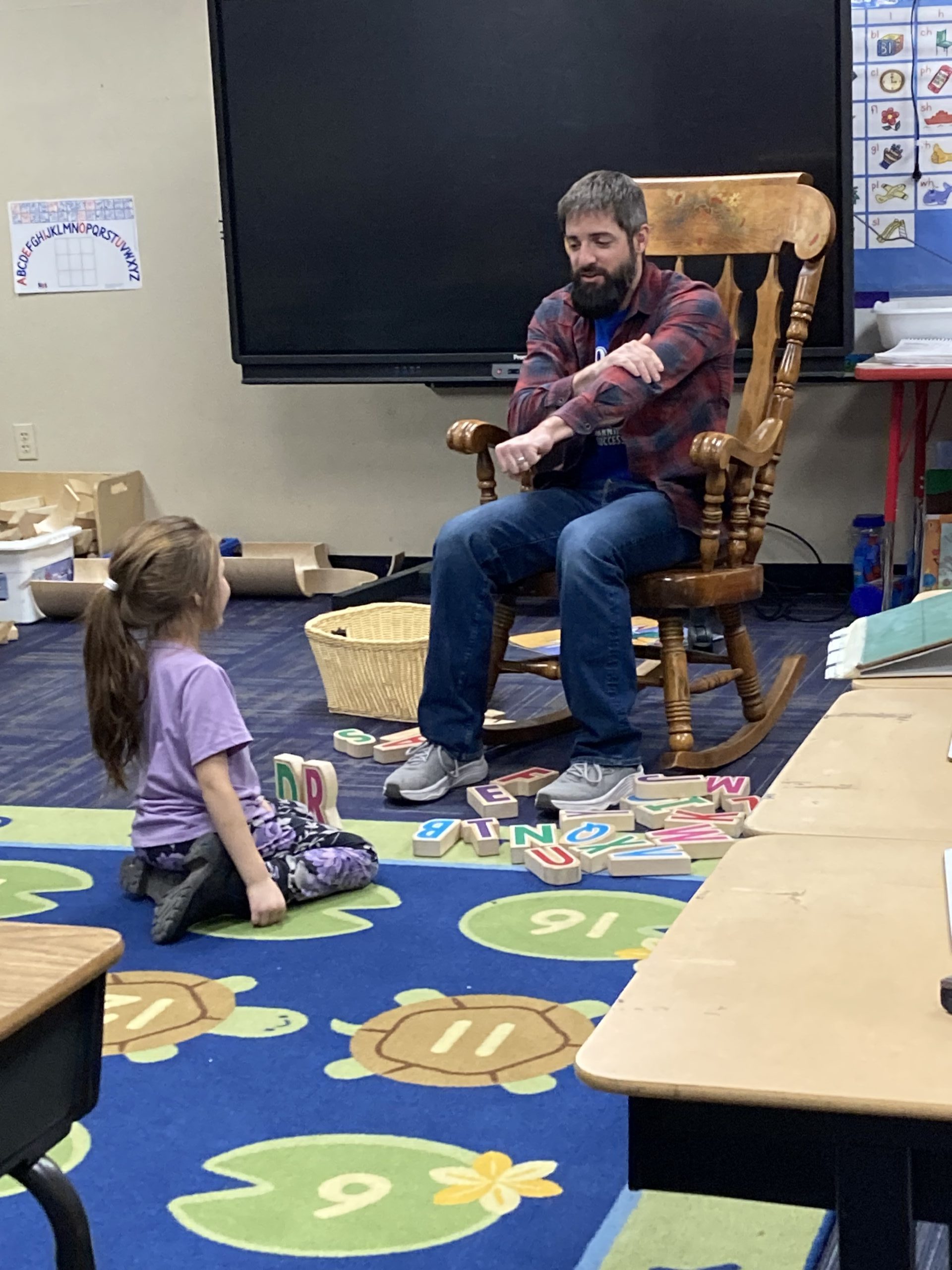
A highlight shared by Hondo Valley Schools was the creation of a culture of reading in the district and in the community. The number of books available to students in the classrooms and for home reading has increased dramatically. Literacy activities have been incorporated into traditional family engagement events. Teachers have increased knowledge, strategies and tools to support literacy teaching and learning. A NM PreK program has been established to provide early literacy support.
It was also shared that the teachers have a commitment to supporting reading across all grades and content areas through consistent practices across grades k-12. The monthly PD supported by CLSD has given them a full toolbox of teaching strategies. They reported that they regularly look at data to see gaps and make plans for teaching to fill those gaps.
The Instructional Coach reported that the commitment of the teachers and the quality of the instruction are higher now than before the grant. It was also shared that they now have an extensive teacher library. They feel that the grant funding changed the quality of literacy teaching across the content areas. They were able to surround kids with books to show them that reading is fun and important.

A major component of the Las Cruces Public School’s (LCPS) CLSD project focused on interventions K-12. Programs purchased using grant funds were well-researched to ensure they were grounded in the science of reading and aligned with the district’s Literacy Plan. In addition, the district provided training, coaching, and materials to ensure that the programs were implemented with fidelity. During the grant, LCPS learned what effective intervention looks like as well as the materials and training necessary for effective implementation.
The district saw increased data literacy across stakeholders through the work of the Data Literacy Coaches and regular PLCs. Over the course of the grant, LCPS saw a shift to teaching reading explicitly, systematically, sequentially, and cumulatively, especially at the elementary level. However, this was more evident in schools with administrators who were highly knowledgeable about structured literacy principles. The grounding of literacy instruction in the science of reading is spreading to grades 6-12.
During the grant, LCPS began to host district-wide family engagement events that were well attended by staff and students. This shift resulted in more communication between schools and the district office. The Literacy Extravaganza is one event that has grown over the course of the grant. This year’s event was held in March in downtown Las Cruces and had over 250 families in attendance, up from 171 last year. There were 40 booths with activities for children and community resources and services.
At the Early Childhood level, the district sent home a survey to better understand children’s interests and then incorporated this feedback into their family events. They also aligned activities at Family Engagement events with the ECOT. At one event, parents were given an “E.I. Cheat Sheet” with questions to ask to help them interact with their children at home to support literacy development.
For the final year of the grant, Las Cruces will continue to support Kindermusik B-5 and provide professional development and materials to support K-12 interventions.

Los Lunas continues to work towards implementing a shared vision of literacy across the district. Grant-funded programs and practices to support this initiative include: funding Learning Innovation Coaches PreK-12, ongoing professional development in literacy strategies, Heggerty training K-6, LETRS stipends, site administrator support, data training for interim assessments (istation, iMSSA and Horizons) and GLAD training. The district was able to use CLSD funds to purchase supplemental writing materials for their new HQIM K-8.
At the end of the 2324 SY, all but two of the local daycares were receiving coaching and training in early literacy skills from the LLS Early Childhood Coach. The daycare providers appreciate the training and the connection with the school district and feel they are now better equipped to prepare students for their formal schooling.
Family Engagement events have been a positive outcome of the grant for LLS. The district has supported initiatives aimed at promoting family and community engagement in literacy education across the grade bands. Through workshops, family literacy nights, and other outreach activities, parents and caregivers have been provided with resources and strategies to support their children’s literacy development at home. The Literacy Boxes created by the Literacy Coaches for the family engagement events have been a huge success. The kits contain newsletters and games in English and Spanish, including Alphabet Arc, Roll and Read, Letter Tiles, etc, suitable for all ages.
LLS will use their 2425 SY carryover funds to purchase additional classroom materials to support early literacy, GLAD training and IMSE District trainer PD as well as fund an elementary and secondary literacy coach.
Portales Municipal School District (PMSD) used CLSD funds for interventionists and coaches to support evidence-based interventions and structured literacy during Layer 1 and Layer 2 instruction across the age bands. During the spring site visit, the district reported that the people have been the most significant result of the grant. Many highly qualified educators came out of retirement to serve as interventionists and coaches, keeping children at the forefront of their work and instructional decision-making. With this support, PMSD reinstated a balance of assessment-based instructional decision-making to drive curricular choices and implementation. The district is proud to have a data set that shows gains in achievement and, more importantly, individual growth for students and teachers as a result of the grant.
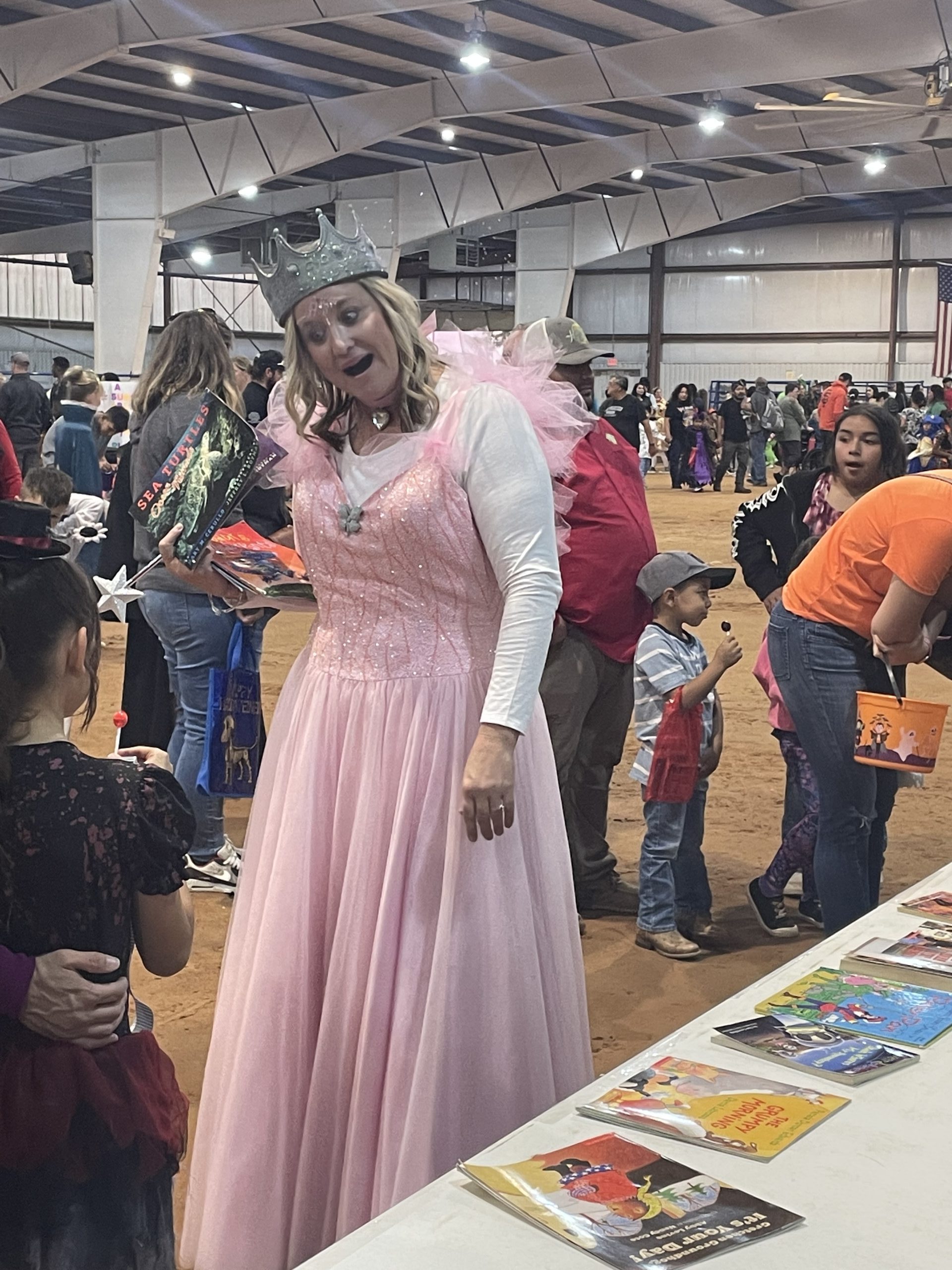
The CLSD funds have allowed the district to explore and dream—PMSD was able to try new ideas, abundantly equip teachers, and support them with PD to take on new initiatives. Managing the grant has been a team effort between district and site administrators, with input from coaches, interventionists, and teachers.
PMSD shared that Family Engagement has been one of their proudest shifts, as they feel they are now genuinely supporting the family unit with activities and events. The addition of the Family Engagement Specialists hired midway through the grant made a big difference. The district had two FE Specialists for the 2324 SY, one at the elementary and one at the secondary level. The FE Specialists have focused on attendance, especially in high school, and social-emotional concerns at all levels. At the elementary level, the FE Specialists completed a 6-week parenting class at one elementary school that was well-received by participants.
While the district has reduced the number of Family Engagement events overall, they feel they have made the ones they have better and more engaging. The new model has three district-wide events per year—one in the fall, one in winter, and one in spring. The events offer games and activities for students in grades PreK-6 that are run by secondary students.
With the 2425 SY carryover funds, the district will continue to fund an elementary interventionist and a secondary interventionist.

Santa Fe Public Schools has been working over the grant cycle to increase overall literacy proficiency through shifting literacy instruction to a structured literacy approach. They have been supporting this shift through the purchase and implementation of new high quality literacy curriculum and supplementary materials, professional development and biliteracy program development.
Part of their grant funds have been used to support two Literacy Specialists in the district. These faculty members have provided teacher support through modeling lessons, providing training, and developing curriculum guides and lessons. These positions will continue to be supported this year with carryover grant funding.
Another focus of their project has been on building capacity among the teaching faculty through varied professional development options including LETRS, GLAD strategies, curriculum implementation, Reggio Emilia training, AVID training, book studies, SWIDA conferences and Arts Integration workshops. The district has been intentional in building teacher capacity rather than only buying materials and resources.
Family engagement has also been a large part of the grant focus. SFPS has seen the number of parent engagement opportunities grow across the district, bringing parents into the schools and literacy into homes. This year the family engagement school coordinators stipends were operationalized, making that a sustainable program moving forward.
Another aspect of the grant has been to develop the biliteracy programming across the district. This has been supported through program design, professional development, coaching and materials. The grant supported a contractor to develop a Biliteracy Task Force. That success led the contractor to be hired as the Director of Language and Culture for the district, operationalizing that program.
Overall, SFPS reported that they have seen a shift in focus on literacy across the district in both English and Spanish over the course of the grant. Teachers reported that they now have materials and training to more effectively teach literacy at all grade bands.

Santa Rosa shared that overall their project has included the creation of the Little Cubs Learning Center for infants through PreK students, the revitalization of school libraries in the district, an overall shift in literacy teaching and learning through new curriculum, and professional development and research driven strategies. Additionally, their family engagement programs have led to nearing 100% participation in parent conferences and deepening involvement in the schools.
Reported in the Self Assessment: “The most significant result of the CSLD has been the increased buy-in among all stakeholders. CLSD team members have helped implement changes to improve instruction among all Tiers of instruction. Teachers, students, and parents have a better understanding of assessment data and its importance to Lexile levels and overall college and career readiness. There is life in the schools’ libraries again, especially at the middle school and high school level where we see students checking out more books to read. There has also been a push to increase literacy instruction and strategic teaching practices not only in ELA classes, but cross-curricular as well. All teachers have received training and professional development through CLSD.”
Vaughn has reported increased consistency in literacy teaching and learning that has led to increasing proficiency levels. The CLSD grant has allowed these two districts to engage in collaboration by sharing literacy coaching and professional development.

TMS shared that the most significant result of the CLSD grant was in the conversations and awareness about the Science of Reading among the teachers and administrators. Implementing the CLSD grant focused on the Science of Reading and foundational literacy skills while the NMPED also focused on professional development about these key concepts aligned the district’s efforts with the state’s efforts and created excitement about literacy in the district.

The CLSD grant in Taos supported the adoption of a core curriculum based on the Science of Reading in the elementary schools, and helped ensure LETRS professional development strategies transitioned into the classrooms with the support of coaches and interventionists.The CLSD grant supported additional intervention at Taos High School with Read 180 and training to create a profile of a Taos High School graduate.
The carryover funds for the 24/25 school year will continue to fund some coaches and interventionists as well as provide for professional development and supplemental materials. The family engagement initiatives supported through the grant have been operationalized as all the schools in the district have become Community Schools through the state program.
Year Five Comprehensive Literacy State Development Grant Program Awards (PDF)
Year Four Comprehensive Literacy State Development Grant Program Awards (PDF)
Year Three Comprehensive Literacy State Development Grant Program Awards (PDF)
Year Two Comprehensive Literacy State Development Grant Program Awards (PDF)
Year One Comprehensive Literacy State Development Grant Program Awards (PDF)
